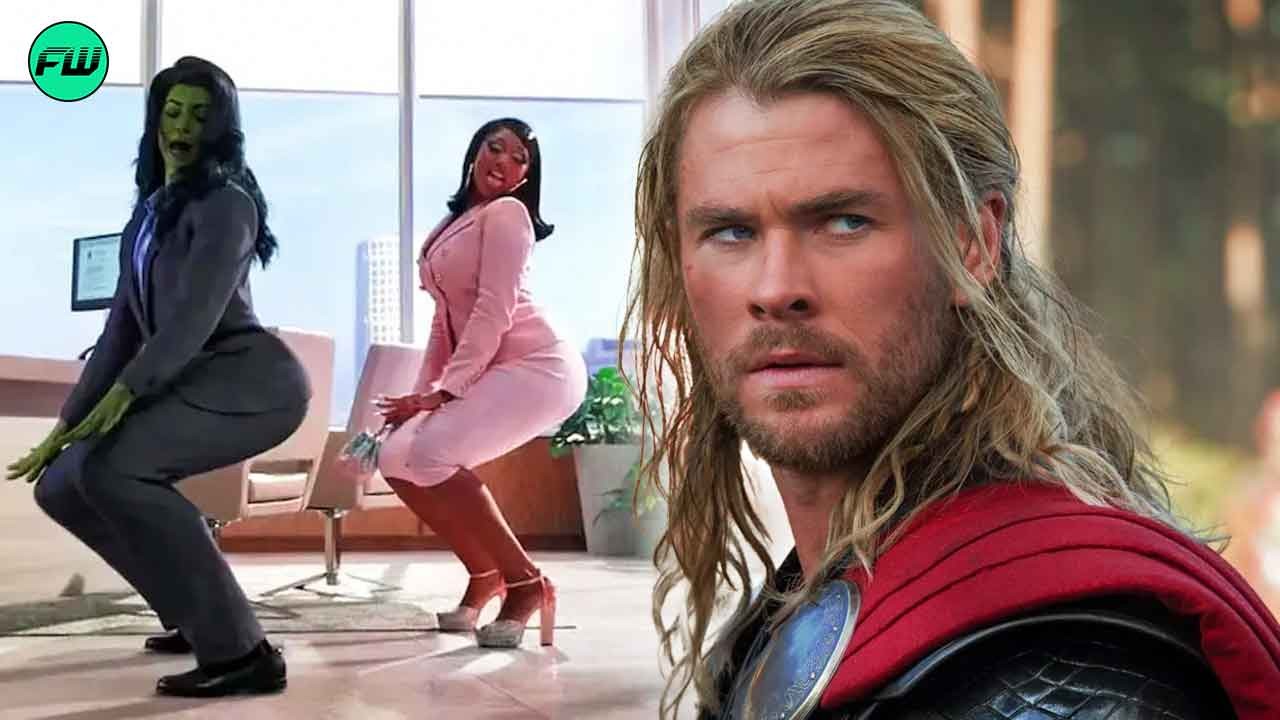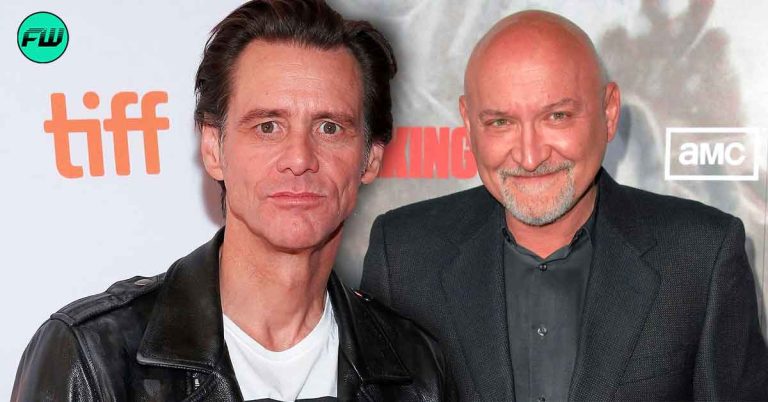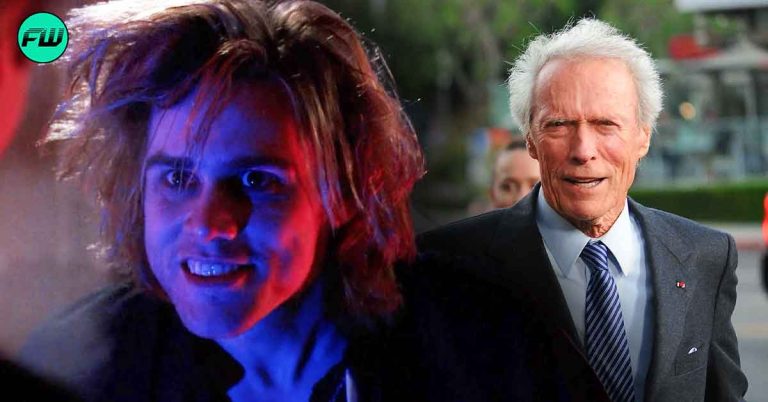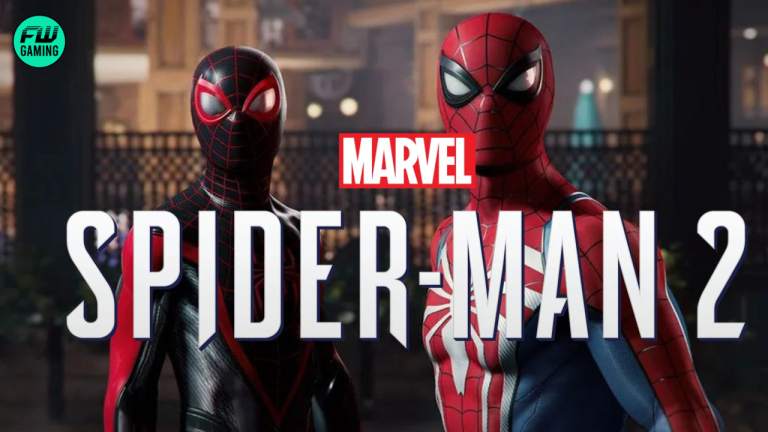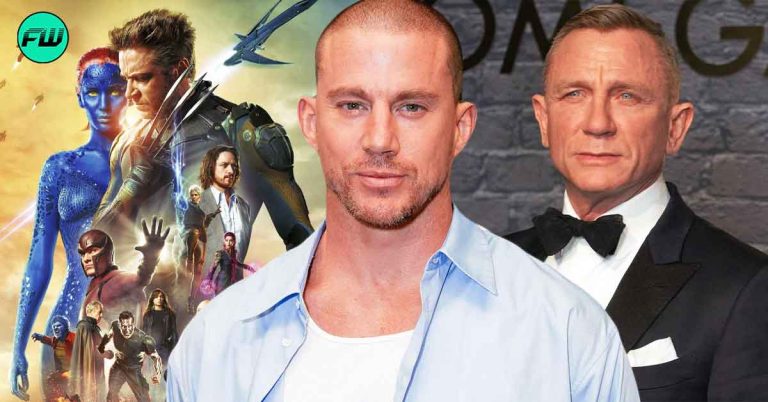The recent phenomenon that has reserved the fandom’s emphatic disapproval was She-Hulk‘s Season 1 Episode 3 post-credit scene. No matter the reasoning in each side’s bantering, there remains a fallacy in their argument regarding whether the twerking was actually a brilliant and empowering addition to the feminist narrative or if it contributed to the existent theory of the sexualization of women in the media/workplace.
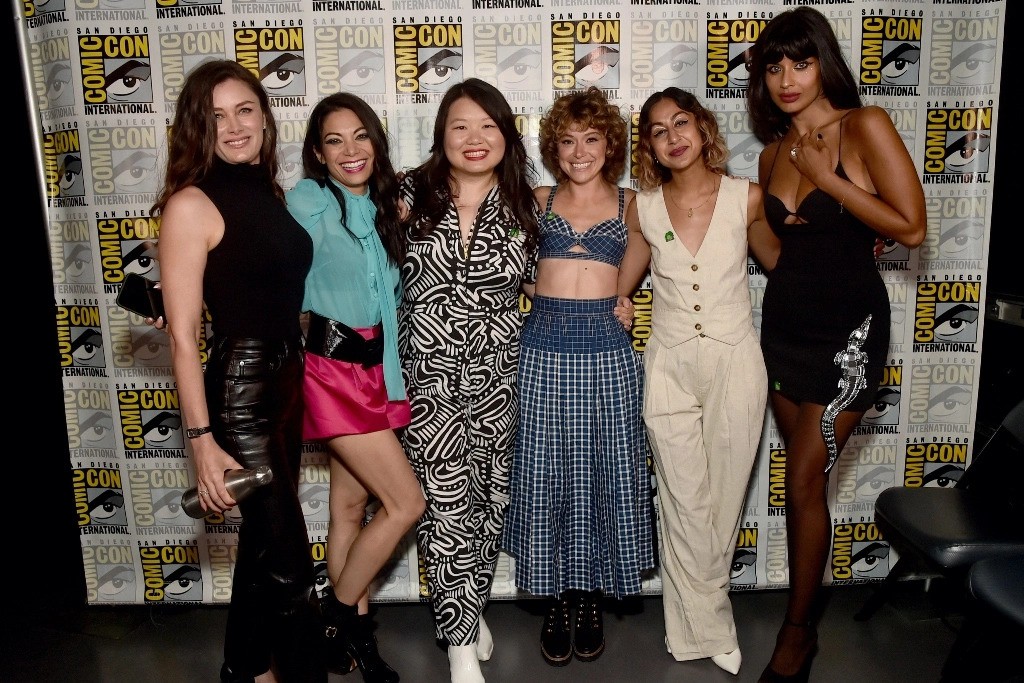
The fallacy is that the three main proponents of the idea — Tatiana Maslany, Kat Coiro, and Megan Thee Stallion — enjoyed the heck out of the scene and didn’t bat an eyelid at what the world has ever since been so obsessed about.
Why is the World Taking Offense at She-Hulk Twerking?
In an argument that has snowballed into epic proportions, it is believable that the world would be more taken up and offended by the narrative of what a woman does with her body than the woman herself. This clearly drives home the fauxgressive concept of the modern era populated by a dubious crowd that simultaneously asks for fluidity and self-expression while also demanding that you check a box while identifying yourself, for the sake of the world’s comfort.
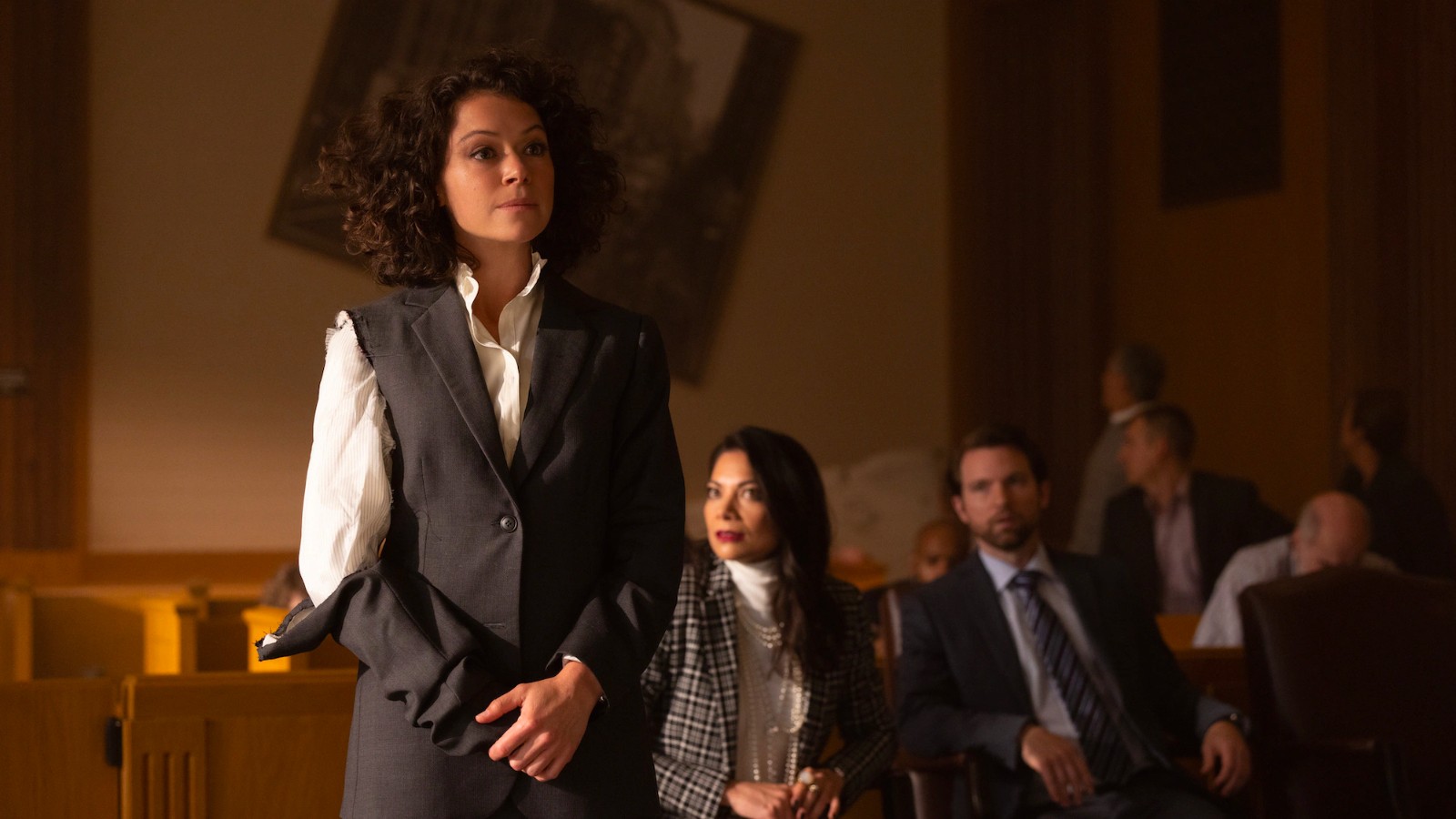
One theory put forward by so many seeks to rebuke Marvel into a space of socio-political correctness by postulating that the scene represents the over-sexualization of women in the media. But haven’t so many of the recent movements and rebellions been all about liberating the gender from an environment dictated by the male gaze? If in its outcome and aftermath, we find the world haranguing Marvel about a scene involving two women dancing around to their heart’s content, it’s a sign of regression of a society’s ideology, at best.

She-Hulk Invokes the Infamous B*tt Scene From Thor 4
The Phase Four series has moved on from being the subject of intense criticism at every step of the way to now being compared to the likes of Deadpool and Thor. The fandom that has stood by the feminist comedy has invoked the Merc with the Mouth and the God of Thunder and has debated how they are known for showing their bodies in multiple instances on camera and not being levied with the same amount of hate in the aftermath.
It’s not simply a hatred for the scene’s irrelevance but the entire idea of what the scene represents, i.e. an overcoming of sanctions and inhibited narratives to pander to the tastes of a wider target audience. When the show steered a bit from the set path determined by the preconceived ideas of most of these upset viewers, like most things that strive to rise above their boxed-in status, She-Hulk too became the subject of mass harassment and disapproval.
She-Hulk: Attorney At Law is now streaming on Disney+
Source: Twitter

